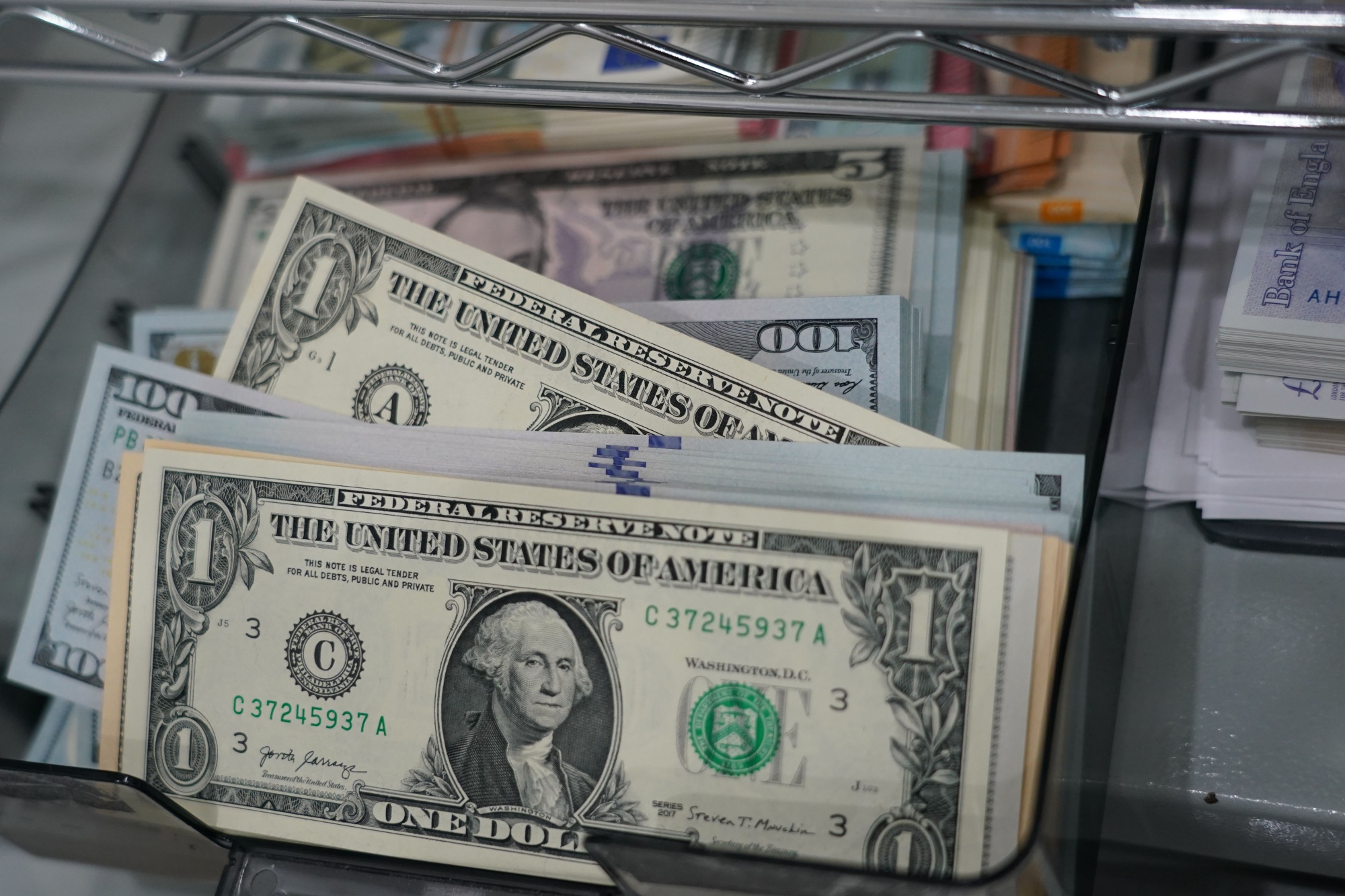Forex
The dollar is getting stronger against most currencies. Why is the dollar getting stronger?

The U.S. dollar is getting stronger against the euro, the yen and the pound. The focus for traders this week is U.S. inflation data for October, which will be released by the Labor Department on Thursday. Experts polled by FactSet on average forecast a slowdown in U.S. consumer price growth to 8 percent year-over-year, down from 8.2 percent in September.
October U.S. inflation data will likely be a key factor in determining how much the Federal Reserve (Fed) will raise the benchmark rate at its December meeting.
Why is the dollar getting stronger than the euro? Last Wednesday, the Fed raised interest rates by 75 basis points (bps) for the fourth straight meeting to 3.75-4% per year, the highest since January 2008. U.S. Central Bank Chairman Jerome Powell said that the Fed could begin discussing a slowdown in the rate hike as early as the December meeting. At the same time, he stressed that it was too early to talk about stopping the cycle of rate hikes, and that its limit will be higher than previously expected.
President of the Federal Reserve Bank (FRB) of Boston Susan Collins, speaking at the Brookings Institution, said that in December the Fed will discuss the possibility of another rate hike of 75 bps, as well as its less significant increase of 50 bps.
The euro was down 0.15% to $1.0005 against the dollar, compared to $1.0020 at market close on Monday. The exchange rate of American currency to yen grew by 0.06% – up to 146.72 yen against 146.63 yen at the end of the previous session. Pound exchange rate fell by 0.23% to $1.1488 from $1.1514 on the previous day. ICE index added 0.22%; the broader WSJ Dollar added 0.14%.
Against the background of the Fed’s actions to strengthen the U.S. national currency, we see a fall in the stock market. Many large companies have serious problems. The trend is clearly visible on the FB live price chart. According to Zuckerberg, who commented on his fall earnings report, there are macroeconomic problems, fierce competition, advertising problems, especially caused by Apple. One also has to spend on long-term projects that will bear fruit over time. Zuckerberg urged patience and investing together – such entrepreneurs are expected to be rewarded in the future. However, experts at Canalys foresee that by 2025, most of the businesses associated with the Metaverse will cease to exist.
Earlier we reported that due to the rise in energy prices the German economy will lose 110 billion euros.

 Forex3 years ago
Forex3 years agoForex Today: the dollar is gaining strength amid gloomy sentiment at the start of the Fed’s week

 Forex3 years ago
Forex3 years agoUnbiased review of Pocket Option broker

 Forex3 years ago
Forex3 years agoDollar to pound sterling exchange rate today: Pound plummeted to its lowest since 1985

 Forex3 years ago
Forex3 years agoHow is the Australian dollar doing today?

 Cryptocurrency3 years ago
Cryptocurrency3 years agoWhat happened in the crypto market – current events today

 World3 years ago
World3 years agoWhy are modern video games an art form?

 Commodities3 years ago
Commodities3 years agoCopper continues to fall in price on expectations of lower demand in China

 Economy3 years ago
Economy3 years agoCrude oil tankers double in price due to EU anti-Russian sanctions





















